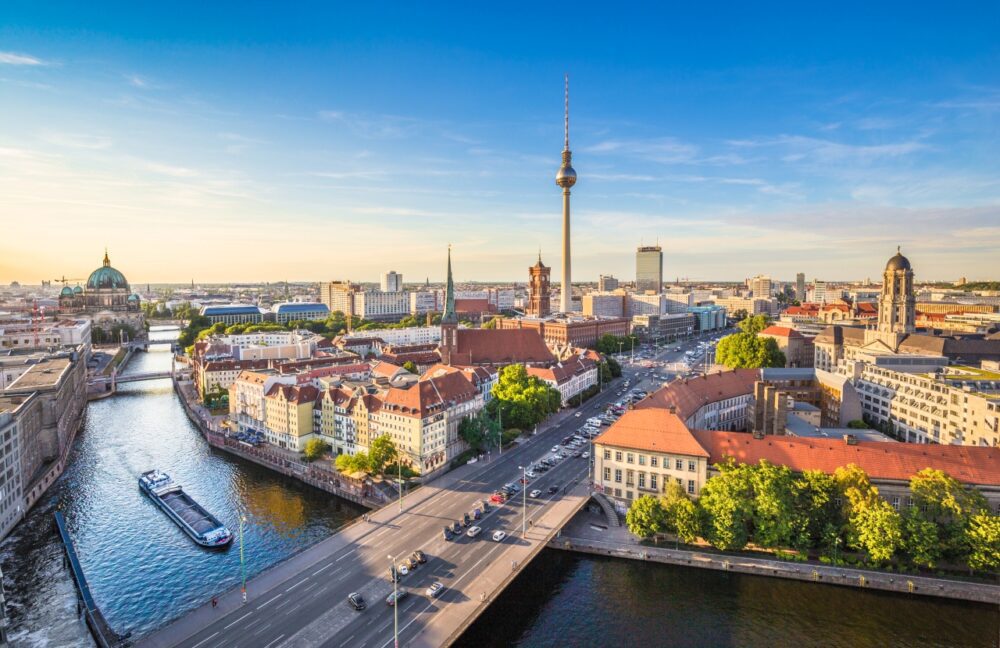
Introduction
Germany is one of Europe’s most dynamic and culturally rich countries, offering an incredible mix of history, modernity, and natural beauty. From the vibrant streets of Berlin to the fairytale castles of Bavaria, and from the lively beer gardens in Munich to the peaceful valleys of the Rhine, Germany is a country that can’t be summed up in just one trip. Whether you’re into history, art, food, or nature, Germany delivers at every turn.
When I first visited Germany, I was struck by how diverse it was. Each region has its own distinct flavour, traditions, and even dialects. You can spend your morning exploring the sombre history of Berlin’s World War II monuments and then your afternoon hiking through the Black Forest. It’s a country that constantly surprises you, whether you’re there for a quick weekend getaway or an extended adventure. Here’s why you should pack your bags and head to Germany.
Table of Contents
Reasons You Should Visit Germany
1. A Rich and Complex History
Germany is a country where history is impossible to ignore, and that’s one of the things that makes it so fascinating. From the medieval castles dotting the countryside to the remnants of the Berlin Wall, you can feel the weight of history everywhere you go. Walking through Berlin, I visited iconic sites like the Brandenburg Gate and the Reichstag, but it was standing in front of the Holocaust Memorial that really hit home. It’s a moving experience that highlights how deeply Germany has grappled with its past.
But German history goes far beyond the 20th century. In cities like Nuremberg and Heidelberg, you can explore medieval streets and ancient fortresses, getting a glimpse into a time when knights, kings, and empires ruled the land. Whether it’s World War II, the Cold War, or the age of the Holy Roman Empire, Germany offers a treasure trove of historical sites and stories.
2. Incredible Art and Culture
Germany’s cultural scene is world-class. Whether you’re into classical music, cutting-edge modern art, or traditional folk festivals, you’ll find something to inspire you. Berlin, with its countless galleries, museums, and vibrant street art, feels like the creative heart of Europe. The Museum Island is packed with collections that range from ancient Egyptian treasures to 19th-century masterpieces. I spent an entire day exploring the Pergamon Museum, which houses monumental reconstructions of historical architecture, like the Ishtar Gate.
If you’re a music lover, Germany is the birthplace of composers like Beethoven, Bach, and Wagner. Cities like Leipzig and Bayreuth offer concerts and festivals that celebrate this musical heritage. And then there’s Oktoberfest in Munich, where you can experience the best of German beer, food, and folk traditions all in one place. Wherever you go, Germany’s cultural richness is impossible to miss.
3. World-Famous Beer and Food
If you love food and drink, Germany won’t disappoint. The country is famous for its beer, and rightly so—whether you’re sipping a frothy Weißbier in a Bavarian beer garden or a crisp Kölsch in Cologne, German beer is some of the best in the world. I spent an unforgettable evening at Hofbräuhaus in Munich, where I raised a litre of beer in the air while a traditional brass band played in the background. For a truly authentic experience, visit during Oktoberfest, where you’ll be treated to beer, bratwurst, and endless celebrations.
But Germany’s food scene goes beyond beer and sausages. Each region has its own specialities, from the currywurst in Berlin to the Maultaschen (stuffed pasta) in Swabia. In Frankfurt, I tried Handkäs mit Musik, a tangy cheese dish, while in Hamburg, I couldn’t resist a fresh fish sandwich from the famous Fischmarkt. Germany’s food might be hearty, but it’s also incredibly diverse and satisfying.
4. Beautiful Scenery and Outdoor Adventures
Germany’s natural beauty is as varied as its cities. From the towering peaks of the Alps to the rolling vineyards of the Moselle Valley, the country offers a stunning array of landscapes to explore. I took a scenic drive along the Romantic Road, a route that winds through picturesque medieval towns like Rothenburg ob der Tauber and ends at the foot of the Neuschwanstein Castle, which looks like something out of a Disney movie.
For outdoor enthusiasts, Germany’s national parks and hiking trails are some of the best in Europe. The Black Forest is perfect for hiking and biking, and in the winter, the Bavarian Alps offer world-class skiing. If you’re into water sports, the lakes around Bavaria and Mecklenburg-Vorpommern are ideal for sailing and swimming. Whether you’re an adrenaline junkie or just looking for some peace and quiet, Germany’s natural wonders are worth exploring.
5. Efficient Transport and Easy Travel
One of the best things about travelling in Germany is how easy it is to get around. The Deutsche Bahn train network is fast, efficient, and comfortable, making it simple to explore the country without needing a car. I took high-speed trains from Berlin to Munich, and then to Hamburg, all in a matter of hours. Germany’s excellent public transport system means you can travel from city to city quickly, but it also makes it easy to venture out into the countryside or to smaller towns.
If you’re flying into Germany, major hubs like Frankfurt and Munich offer direct connections to just about anywhere in the world. Once you’re there, getting around by bike or public transport is incredibly easy and affordable. Plus, Germany is part of the Schengen Area, so if you’re already in Europe, crossing borders is a breeze.
Best Places to Visit in Germany
1. Berlin

Germany’s capital, Berlin, is an exciting, ever-evolving city with an unbeatable mix of history, culture, and nightlife. Start your visit at the Brandenburg Gate, an iconic symbol of reunification, then walk down the Unter den Linden boulevard to visit the Berlin Cathedral and the Museum Island, home to five world-class museums. The city’s history is laid bare in sites like the Berlin Wall Memorial and the Topography of Terror, a stark reminder of Germany’s tumultuous 20th century.
But Berlin isn’t all about history—its creative energy is infectious. I spent evenings exploring the bars and clubs of Kreuzberg and Friedrichshain, areas packed with street art, live music, and some of the best food in the city. Whether you’re into underground techno or simply want to grab a kebab at Mustafa’s Gemuse Kebab, Berlin’s nightlife has something for everyone.
2. Munich

If you’re after traditional German charm, look no further than Munich. The capital of Bavaria, Munich is famous for its beer gardens, historic architecture, and festivals like Oktoberfest. I loved starting my day at the Marienplatz, where the Glockenspiel chimes daily from the tower of the New Town Hall. The nearby English Garden is one of the largest urban parks in the world, perfect for an afternoon stroll or a paddle in the Eisbach River.
Of course, no trip to Munich would be complete without visiting a beer hall. The Hofbräuhaus, with its long wooden tables, Bavarian music, and waiters dressed in traditional Lederhosen, is the place to go for a litre of beer and a pretzel. If you’re there in winter, the city’s Christmas markets are some of the best in Germany, full of twinkling lights, mulled wine, and festive spirit.
3. Hamburg

With its bustling port, hip neighbourhoods, and waterways, Hamburg is one of Germany’s coolest cities. The heart of Hamburg is its harbour, and one of the best ways to explore it is by taking a boat tour along the Elbe River. I spent an afternoon wandering through the Speicherstadt, a district full of 19th-century warehouses, before heading to the modern Elbphilharmonie concert hall, an architectural masterpiece.
Hamburg also has a lively nightlife, especially around St. Pauli and the Reeperbahn, Europe’s most famous red-light district. Whether you’re into live music, craft beer, or quirky bars, Hamburg’s nightlife scene has it all. If you’re an early riser, don’t miss the Fischmarkt—a lively Sunday morning market where locals and tourists alike gather for fresh fish, live music, and plenty of fun.
4. Cologne

Known for its stunning cathedral and vibrant Rhineland culture, Cologne is a city that combines history with a modern, laid-back vibe. The Kölner Dom, a UNESCO World Heritage site, is the city’s most famous landmark, and climbing its towers gives you unbeatable views of the city and the Rhine River. The city is also known for its unique beer, Kölsch, which is best enjoyed in one of the many traditional brauhaus pubs.
Cologne is famous for its annual Carnival celebration, a colourful and exuberant event that takes over the city streets each spring. The city’s art scene is also worth exploring, especially the Museum Ludwig, which has one of Europe’s best collections of modern art, including works by Picasso and Warhol.
5. Frankfurt
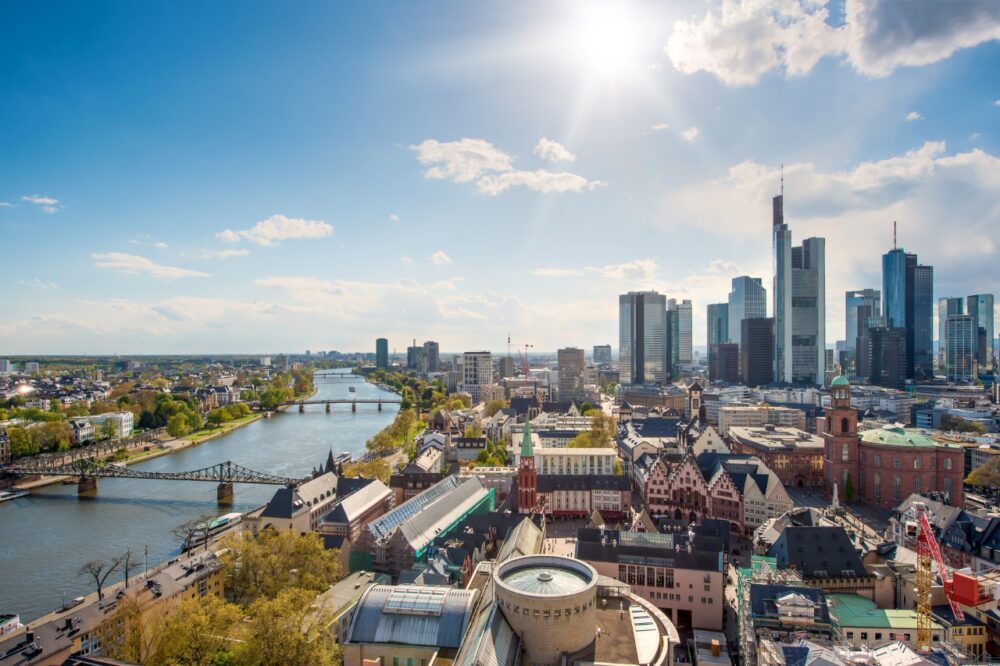
As Germany’s financial hub, Frankfurt is a city of skyscrapers, but don’t let that fool you—it also has plenty of history and culture to offer. The city’s Römerberg square is home to charming half-timbered houses and the beautiful St. Bartholomew’s Cathedral, which played a key role in the election of the Holy Roman Emperors. I also loved visiting the Städel Museum, which has an impressive collection of European art from the Middle Ages to the present day.
Frankfurt is also known for its lively food and drink scene, and you have to try Apfelwein (apple wine) while you’re here. Head to the Sachsenhausen district to find traditional apple wine taverns, where you can enjoy a glass alongside local dishes like Grüne Soße (green sauce) and Schweinshaxe (pork knuckle).
6. Stuttgart
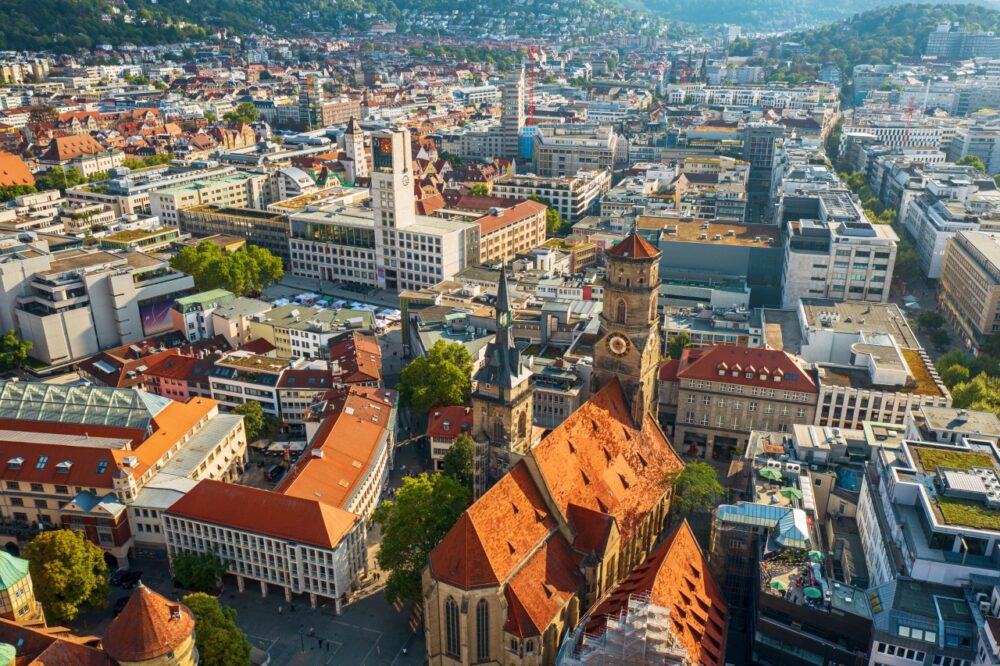
Stuttgart is a city for car lovers, home to both the Mercedes-Benz Museum and the Porsche Museum, where you can learn about the history of two of the world’s most famous car brands. Beyond the cars, Stuttgart is a green, scenic city surrounded by vineyards, which makes it perfect for a relaxing weekend getaway. I spent a sunny afternoon walking through Killesberg Park, one of the city’s many green spaces, before enjoying a glass of local wine at a nearby vineyard.
The city is also home to some excellent cultural attractions, including the Staatsgalerie Stuttgart, an art museum that houses everything from Old Masters to modern works. Stuttgart’s laid-back vibe and beautiful surroundings make it a great place to experience a different side of Germany.
7. Nuremberg
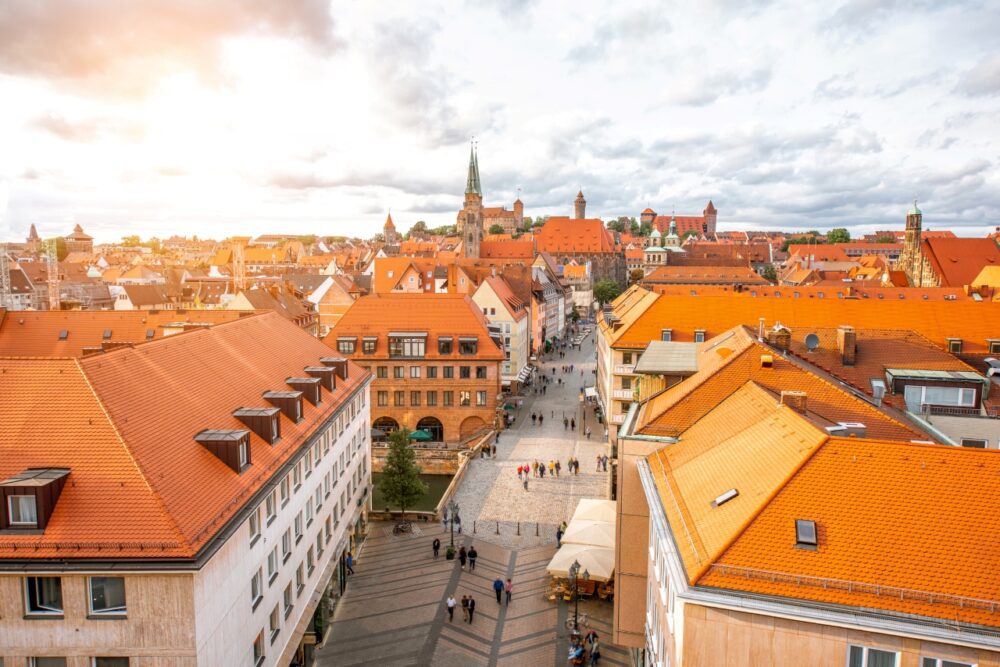
Nuremberg is a city that has seen it all, from medieval grandeur to the darkest days of the Nazi era. The city’s Kaiserburg Castle offers stunning views over the medieval old town, while the Documentation Center Nazi Party Rally Grounds provides a sobering look at Nuremberg’s role during World War II. Walking through the cobbled streets of Nuremberg’s old town, I couldn’t help but be impressed by how the city has managed to rebuild itself while honouring its past.
Nuremberg is also famous for its Christmas market, one of the oldest and most beautiful in Germany. Stalls selling handmade crafts, gingerbread, and mulled wine fill the main square, and the smell of roasted chestnuts and sausages fills the air.
8. Dresden
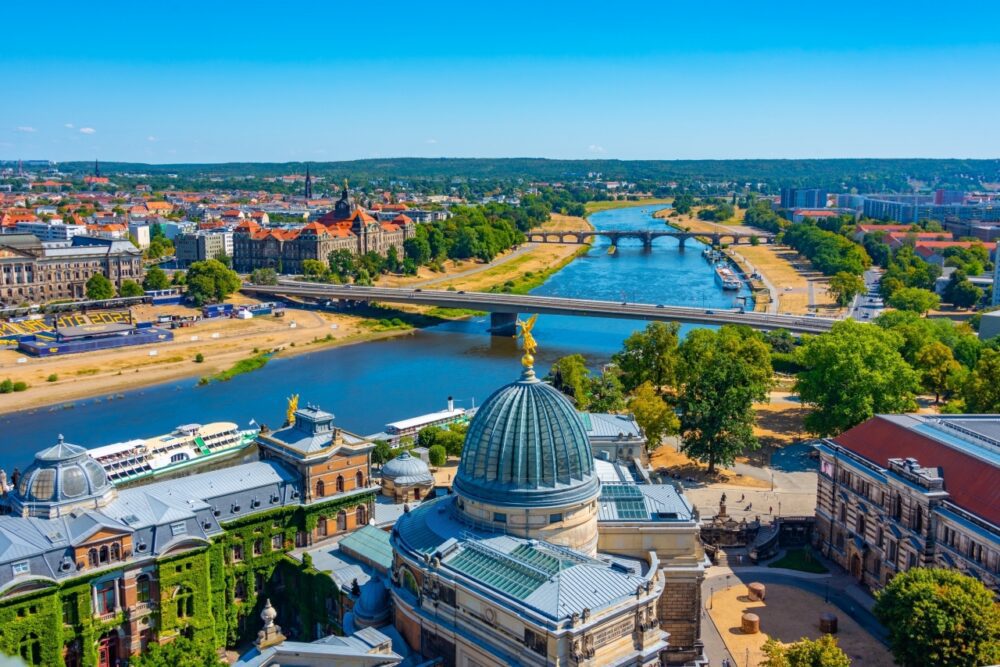
Once known as the “Florence on the Elbe,” Dresden is a city of baroque beauty and cultural riches. Despite being heavily bombed during World War II, Dresden has been lovingly restored, and today it’s home to some of Germany’s most impressive art collections and historic architecture. The Zwinger Palace is a must-visit, with its world-class art galleries and lush gardens.
I also visited the Frauenkirche, Dresden’s iconic church that was rebuilt after being destroyed in the war. Climbing to the top gives you incredible views over the city and the Elbe River. Dresden’s relaxed atmosphere and stunning architecture make it a perfect place for a leisurely city break.
9. Leipzig
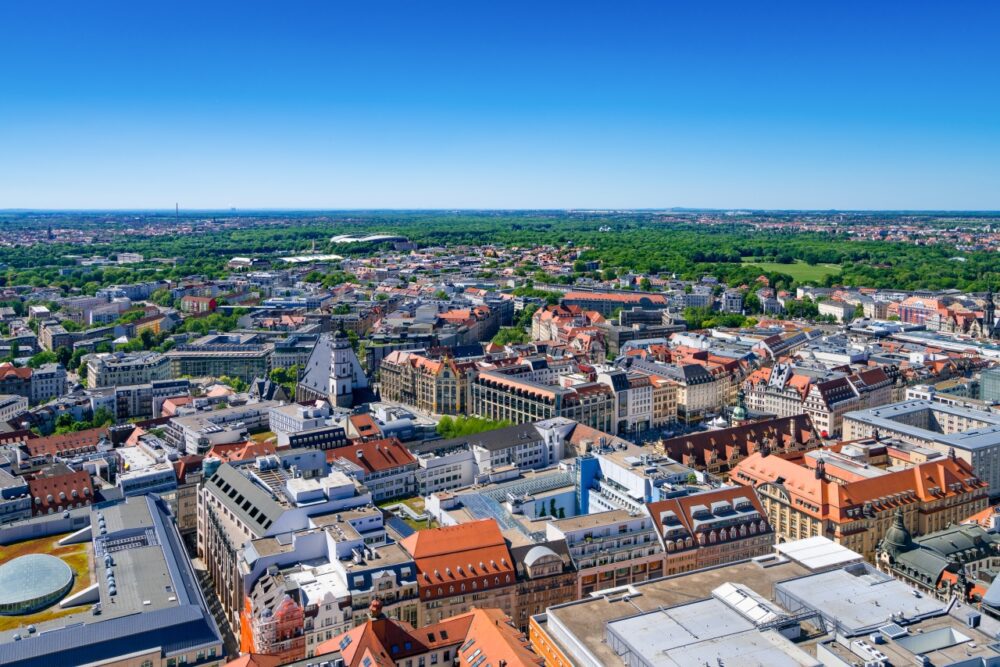
Leipzig has a rich cultural history, especially when it comes to music. The city was home to both Johann Sebastian Bach and Felix Mendelssohn, and today you can visit the Bach Museum and attend a concert at St. Thomas Church, where Bach worked as a choir director. I also loved exploring the Leipzig Music Trail, a self-guided walking route that takes you to key sites in the city’s musical history.
Leipzig’s vibrant arts scene isn’t just limited to music. The Spinnerei, a former cotton mill turned contemporary art space, is a great place to discover emerging artists. The city’s growing reputation as a cultural hotspot, combined with its youthful energy and historic charm, makes it a fascinating place to explore.
10. Heidelberg
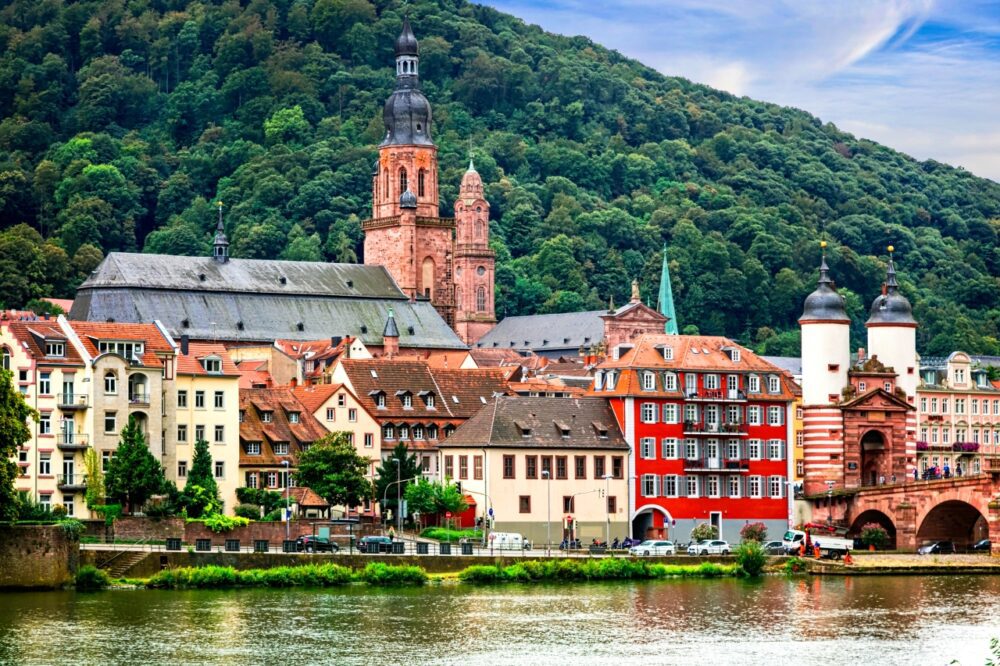
For a taste of Germany’s romantic side, head to Heidelberg, a picturesque town set along the Neckar River. The city’s Heidelberg Castle, perched on a hill overlooking the old town, is one of the most beautiful ruins in Germany, offering stunning views of the surrounding countryside. I spent an afternoon wandering through the castle’s gardens and exploring its ancient halls.
Heidelberg is also home to one of the oldest universities in Europe, and the lively student population gives the town a youthful, vibrant feel. The old town’s cobbled streets are filled with bars, cafés, and restaurants, making it a great place to relax and soak up the atmosphere.
Travel Tips for Germany
Getting Around Germany
Germany’s public transport system is world-class, with trains being the most efficient way to travel between cities. The high-speed ICE trains connect major cities like Berlin, Munich, and Frankfurt quickly and comfortably. For smaller towns, regional trains and buses are reliable. If you’re planning to explore more rural areas like the Black Forest or Bavaria, renting a car is a good option, though be prepared for tolls on some roads. In cities, trams, buses, and the U-Bahn are punctual and easy to navigate.
Best Time to Visit Germany
The best time to visit Germany depends on what you’re looking for. Spring (April to June) and autumn (September to October) are great for sightseeing, with mild temperatures and fewer crowds. If you’re visiting for Oktoberfest in Munich, autumn is the time to go. Summer (July to August) offers long days and plenty of outdoor festivals, though it’s the busiest and most expensive season. Winter is perfect for experiencing Germany’s famous Christmas markets, especially in cities like Cologne and Dresden.
Passport and Visa Requirements for Germany
Germany is part of the Schengen Area, so travellers from EU/EEA countries can enter with just an ID card. Visitors from US, UK, Canada, Australia, and many other countries can stay visa-free for up to 90 days within the Schengen Zone. Make sure your passport is valid for at least three months beyond your planned departure. If you’re travelling between Schengen countries, border checks are minimal, but always carry your ID or passport.
Currency and Banks in Germany
Germany uses the Euro (EUR), and while credit and debit cards are widely accepted, cash is still preferred in many places, especially in smaller towns and at local markets. ATMs are easy to find, and withdrawing euros using your card is often the best way to get local currency. Be sure to carry some cash for smaller transactions, and avoid exchange bureaus at airports where rates can be less favourable.
Language and Useful Phrases to Know
The official language is German, but English is widely spoken, especially in cities and tourist areas. However, locals always appreciate it when visitors make an effort to speak German. Useful phrases to know include “Guten Tag” (good day), “Bitte” (please), and “Danke” (thank you). In smaller towns, a few German phrases can be handy, and people will often be friendlier when you attempt to speak their language.
Budgeting and Costs for Germany
Germany is reasonably priced compared to other Western European countries, especially outside major cities like Munich or Hamburg. Public transport is affordable, and you can save on accommodation by staying in guesthouses or Airbnbs. Eating out doesn’t have to break the bank—look for traditional German eateries offering Schnitzel or Bratwurst at reasonable prices. City passes, such as the Berlin WelcomeCard, can also save you money on transport and entry to attractions.
Conclusion
Germany is a country that offers something for everyone, from the rich history and culture of Berlin to the natural beauty of Bavaria and the vibrant nightlife of Hamburg. Whether you’re exploring medieval castles, enjoying a pint of beer in a traditional tavern, or hiking through the Black Forest, Germany’s diversity and energy are sure to leave you wanting more.
What I love most about Germany is the way it balances its past and present. You can spend the day walking through ancient streets and the evening in a modern bar or art gallery. It’s a country that feels alive, always looking forward while never forgetting where it came from. If you’re looking for a destination that combines history, culture, food, and adventure, Germany should be at the top of your travel list.
